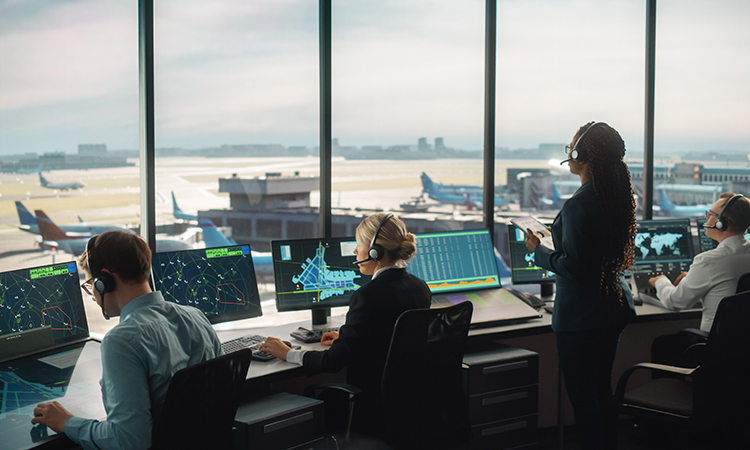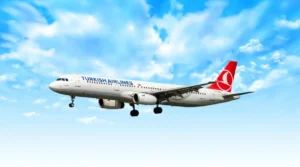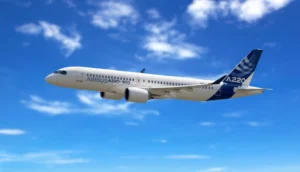US Aviation Industry Demands FAA Facility Upgrades
Major U.S. aviation groups and unions urge Congress to address funding shortfalls for FAA facilities, warning of reduced operational efficiency and potential safety risks.

Photo Source: https://fortune.com/
Major U.S. aviation groups and unions are urging Congress to address the persistent underfunding of Federal Aviation Administration (FAA) facilities. These concerns have been amplified by recent reports highlighting the deteriorating state of aging air traffic control infrastructure.
In a letter signed by Airlines for America, the Aerospace Industries Association, the U.S. Chamber of Commerce, and the Air Line Pilots Association, among others, the groups warned that neglecting necessary maintenance will lead to reduced operational efficiency, affecting both the traveling public and other users of the airspace system.
In March, President Joe Biden proposed an $8 billion investment over the next five years to modernize more than 20 aging air traffic control facilities and 377 critical radar systems, starting with $1 billion in 2025. The letter pointed out that a quarter of all FAA facilities are over 50 years old and that underinvestment is having clear negative impacts. It cited the January 2023 failure of a pilot alerting database, which caused a nationwide halt to all departing passenger flights for the first time since September 11, 2001.

An independent report in November highlighted the dire state of FAA facilities, including leaking roofs, broken HVAC systems, and outdated radar systems that require billions of dollars for replacement. The report called for urgent action to strengthen the FAA, following a series of close calls involving passenger jets.
The FAA is also seeking congressional funding to hire an additional 2,000 air traffic controllers to address persistent staffing shortages. These shortages have led to flight delays and forced many controllers to work mandatory overtime and six-day weeks. In response to staffing issues, the FAA has extended cuts to minimum flight requirements at congested New York City-area airports through October 2025.






